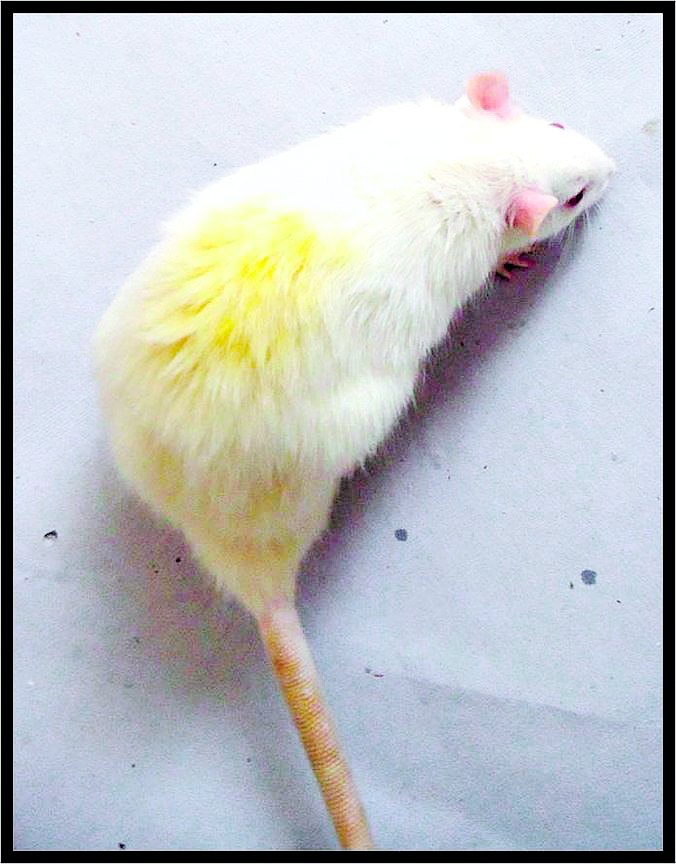

New Delhi, March 18: Biologist Asha Abraham has produced a rat she hopes will be her gift to the world's medical research community. The white albino rat doesn't look too different from the countless rats that have been used in research laboratories across the world over the past century.
But the rat that Abraham has nurtured in her molecular biology laboratory at the St Aloysius College, Mangalore, may serve as an animal model for a state of the body called metabolic syndrome, produced through a diet similar to human food habits.
Metabolic syndrome in humans is marked by a confluence of multiple risk factors - obesity, insulin-resistance, high triglycerides and cholesterol levels, and high blood pressure - that raise the risk of cardiovascular diseases, including coronary artery disease and stroke.
Scientists have for decades worked with animal models -mice, rats, among other animals - to study diabetes, obesity, and high lipid levels, developed by feeding the animals excessive fats at levels that humans would not typically consume or through drugs such as streptozocin that kill insulin-producing cells in the pancreas. But most existing animal models mimic one or a mix of two conditions, not the multiple conditions of metabolic syndrome.
"Our rat displays three key features of metabolic syndrome - obesity, high triglycerides and cholesterol, and insulin-resistance," Abraham, head of the biotechnology department at the St Aloysius College, told The Telegraph. "This could be a new tool to study this condition."
Abraham and research scholars in her department worked with Wistar rats - an albino rat that was first bred by The Wistar Institute in the US in 1906, the first rat to be used in research laboratories, and that has been used for biomedical research worldwide.
They fed one group of Wistar rats what they call high-fat simple carbohydrate (HFSC) meals - 26 per cent carbohydrate, 60 per cent fat, and 14 per cent protein, and the other group normal laboratory diet and observed dramatic increases in the body weight and biochemistry of the rats fed on HFSC meals.
The rats who consumed HFSC increased their body weights by an average 70 per cent within a month and showed a 152 per cent average gain in body weights in about five months. The rats also showed insulin-resistance and high triglycerides and cholesterol levels within 18 weeks from the start of the diet.
The scientists have published their findings in the journal Current Science, published by the Indian Academy of Sciences. The research project to develop an animal model for metabolic syndrome was supported by the University Grants Commission and the Department of Atomic Energy.
"A new animal model could be useful to understand metabolic syndrome better than we know it now," said Doiraraj Prabhakaran, a senior cardiologist and the director of the Centre for Non-Communicable Diseases at the Public Health Foundation of India, New Delhi, who was not associated with the research.
"Such an animal model could help investigate how this confluence of risk factors emerge through unhealthy diets and how they interact with one another to collectively increase the risk of cardiovascular diseases," Prabhakaran told this newspaper.
The Mangalore research team also observed that the rats fed on the HFSC diet developed non-alcoholic fatty liver disease, a condition in which the liver accumulates fat and has been associated through earlier studies with the disruption of insulin action.











